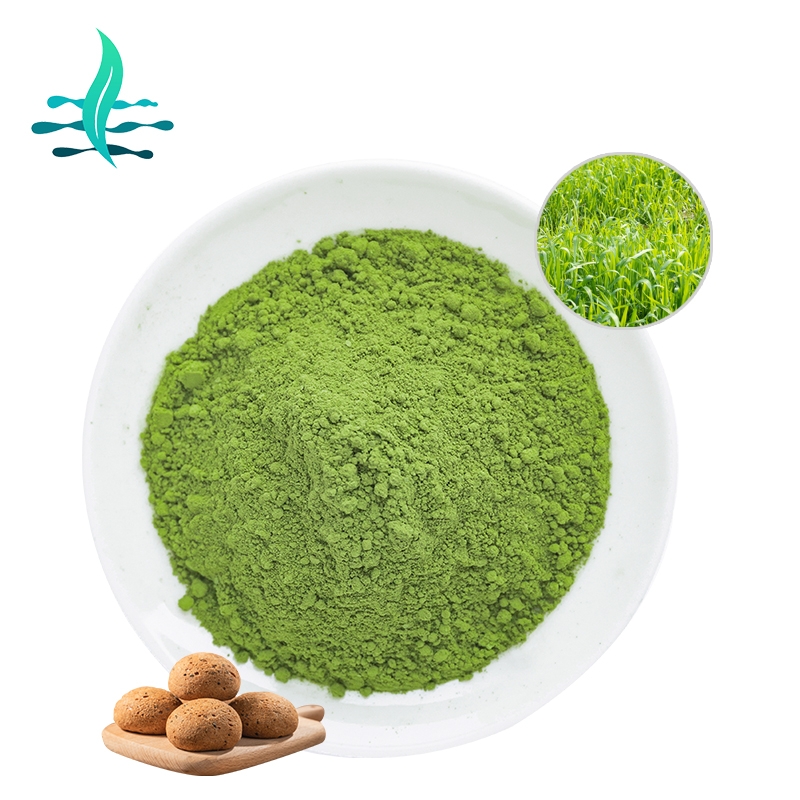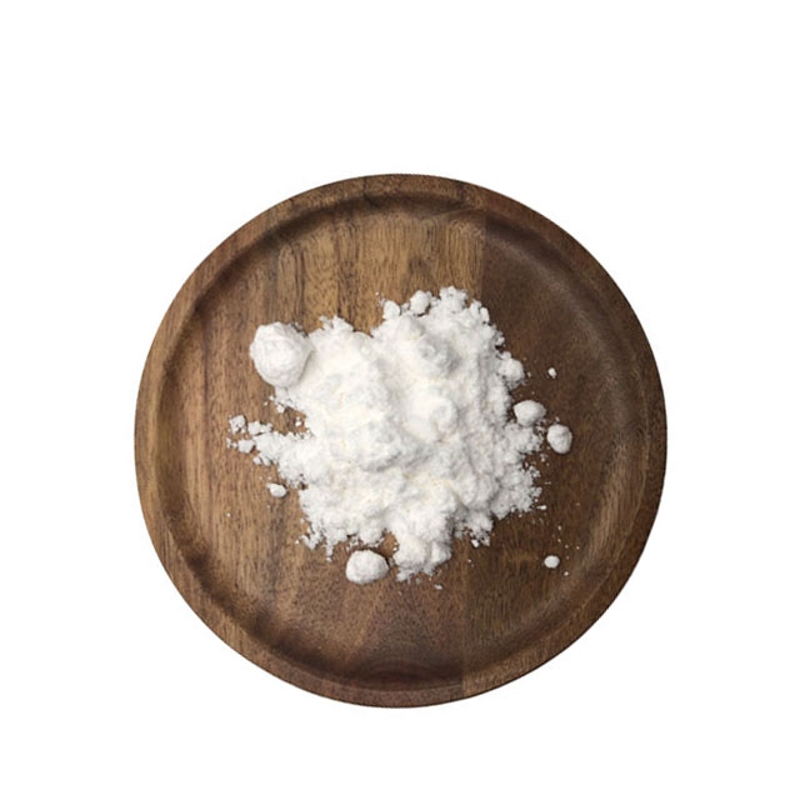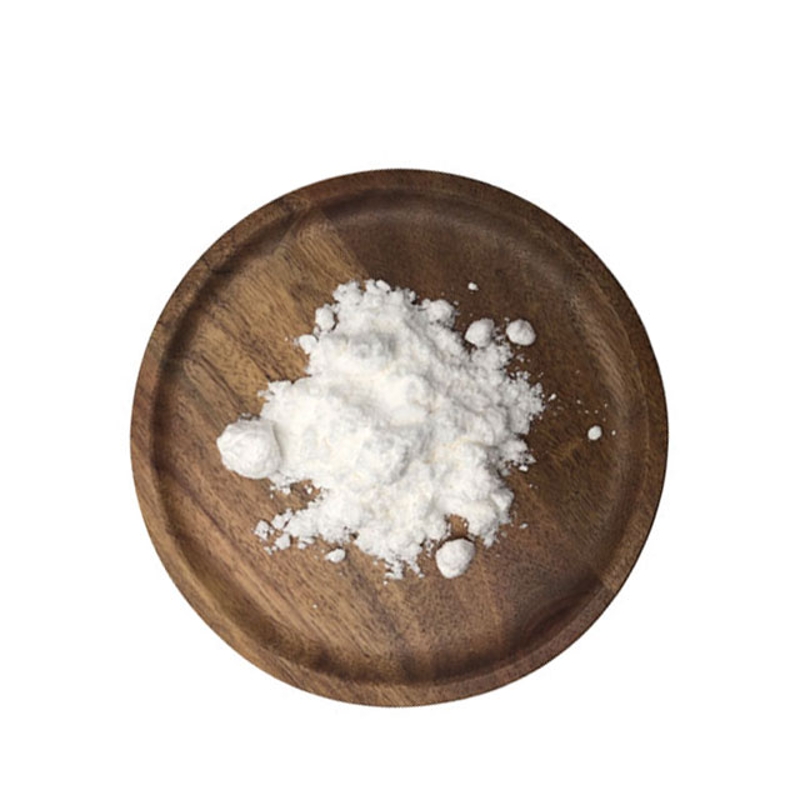-
Categories
-
Pharmaceutical Intermediates
-
Active Pharmaceutical Ingredients
-
Food Additives
- Industrial Coatings
- Agrochemicals
- Dyes and Pigments
- Surfactant
- Flavors and Fragrances
- Chemical Reagents
- Catalyst and Auxiliary
- Natural Products
- Inorganic Chemistry
-
Organic Chemistry
-
Biochemical Engineering
- Analytical Chemistry
- Cosmetic Ingredient
-
Pharmaceutical Intermediates
Promotion
ECHEMI Mall
Wholesale
Weekly Price
Exhibition
News
-
Trade Service
In recognition of the fact that a relatively small percentage of ‘named’ genes in databases have any experimental proof for their annotation, attention is shifting towards the more accurate assignment of functions to individual genes in a genome. The central objective will be to reduce our reliance on nucleotide or amino acid sequence similarities as a means to define the functions of genes and to annotate genome sequences. There are many unsolved technical difficulties associated with the purification of specific proteins from extracts of biological material, especially where the protein is present in low abundance, has multiple isoforms or is found in multiple post-translationally modified forms. The relative ease with which c
DNA
s can be cloned has led to the development of methods through which
cDNA
s from essentially any source can be expressed in a limited range of suitable host organisms, so that sufficient levels of the encoded proteins can be generated for functional analysis. Recently, these heterologous expression systems have been supplemented by more robust prokaryotic and eukaryotic cell-free protein synthesis systems. In this chapter, common host systems for heterologous expression are reviewed and the current status of cell-free expression systems will be presented. New approaches to overcoming the special problems encountered during the expression of membrane-associated proteins will also be addressed. Methodological considerations, including the characteristics of codon usage in the expressed DNA, peptide tags that facilitate subsequent purification of the expressed proteins and the role of post-translational modifications, are examined.







